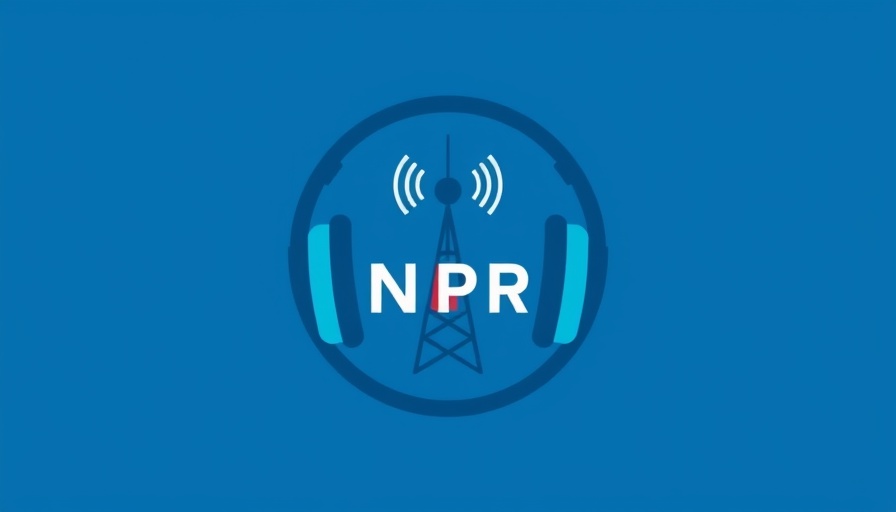
Trump's Escalating Plan: What It Means for USAID
The decision by the Trump administration to place nearly all employees of the United States Agency for International Development (USAID) on administrative leave is a seismic shift in U.S. foreign aid policy. This unprecedented move, affecting 4,700 employees, is indicative of a broader attempt to dismantle an agency that has played a pivotal role in international development for over sixty years. The memo detailing the leave indicated that while exceptions will be made for some employees involved in mission-critical tasks, a significant portion of the workforce will face termination.
The Legal Landscape: Power Struggles in Court
Just hours before the planned administrative leave was set to take effect, a federal judge delivered a mixed ruling that ultimately allowed the administration’s actions to proceed. Judge Carl Nichols deemed that the unions representing agency employees failed to demonstrate that the layoffs would cause irreparable harm. This opens the door for the administration to execute extensive layoffs, raising concerns about the long-term implications for U.S. humanitarian efforts abroad.
Analyzing the Impacts: Risks and Challenges Ahead
With 1,600 U.S.-based positions on the chopping block, the implications for global aid cannot be underestimated. USAID has been a linchpin in stabilizing conflict-ridden regions and fostering economic development in vulnerable countries. Several USAID employees express fear regarding potential job losses, particularly those stationed in high-risk environments who rely on resources and communication from a functional agency. Experts warn that dismantling such agencies could destabilize areas that have relied on U.S. support, leading to higher levels of global poverty and unrest.
Counterarguments: The Justifications for Downsizing
The Trump administration, supported by new leadership within USAID, argues that these drastic cuts are not merely fiscal measures but part of a larger ideological shift aimed at curtailing government-funded programs which they deem ineffective. Administered by individuals such as Deputy Administrator Pete Marocco and influenced by Elon Musk, these cuts suggest a move towards privatizing aspects of international aid, proposing that efficiencies can be found outside of traditional governmental frameworks.
Future Trends: What Lies Ahead for USAID and Global Aid?
The future of USAID hangs in the balance as plans continue to unfold. Observers predict that should these layoffs proceed as planned, the agency could see a permanent reduction in capabilities - especially if international conflicts emerge demanding humanitarian assistance. The looming threat of an organizational restructure, fueled by the administration's costs vs. benefits calculus, raises important questions: Will the U.S. government cease to be a primary actor in international development, and what might the ramifications be for global politics and U.S. interests abroad?
Incorporating Broader Perspectives: Community Reactions and Discontent
The sweeping changes proposed by the Trump administration have resulted in significant dissent both within USAID and among global humanitarian organizations. Unions representing employees have voiced their concerns regarding the potential endangerment of staff deployed in conflict zones due to abrupt disruptions in support. As many employees prepare for unforeseen changes in their careers, the community collectively raises alarms about how this will affect critical support structures globally. This sentiment echoes the concerns found in articles from major news outlets such as The New York Times and PBS.
As we navigate through this transformation, only time will reveal the full extent of these changes on both the organization and its long-standing goals of aiding individuals and communities across the globe.
 Add Row
Add Row  Add
Add 




 Add Row
Add Row  Add
Add 

Write A Comment